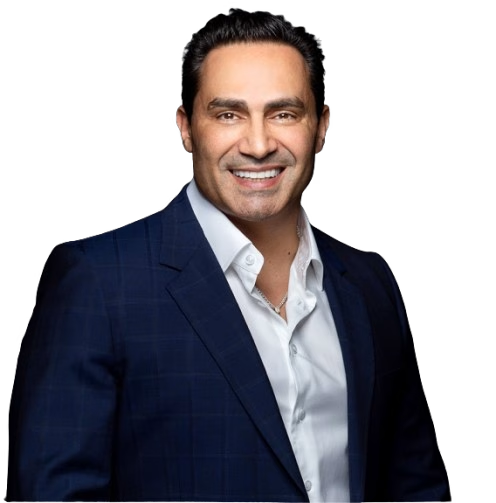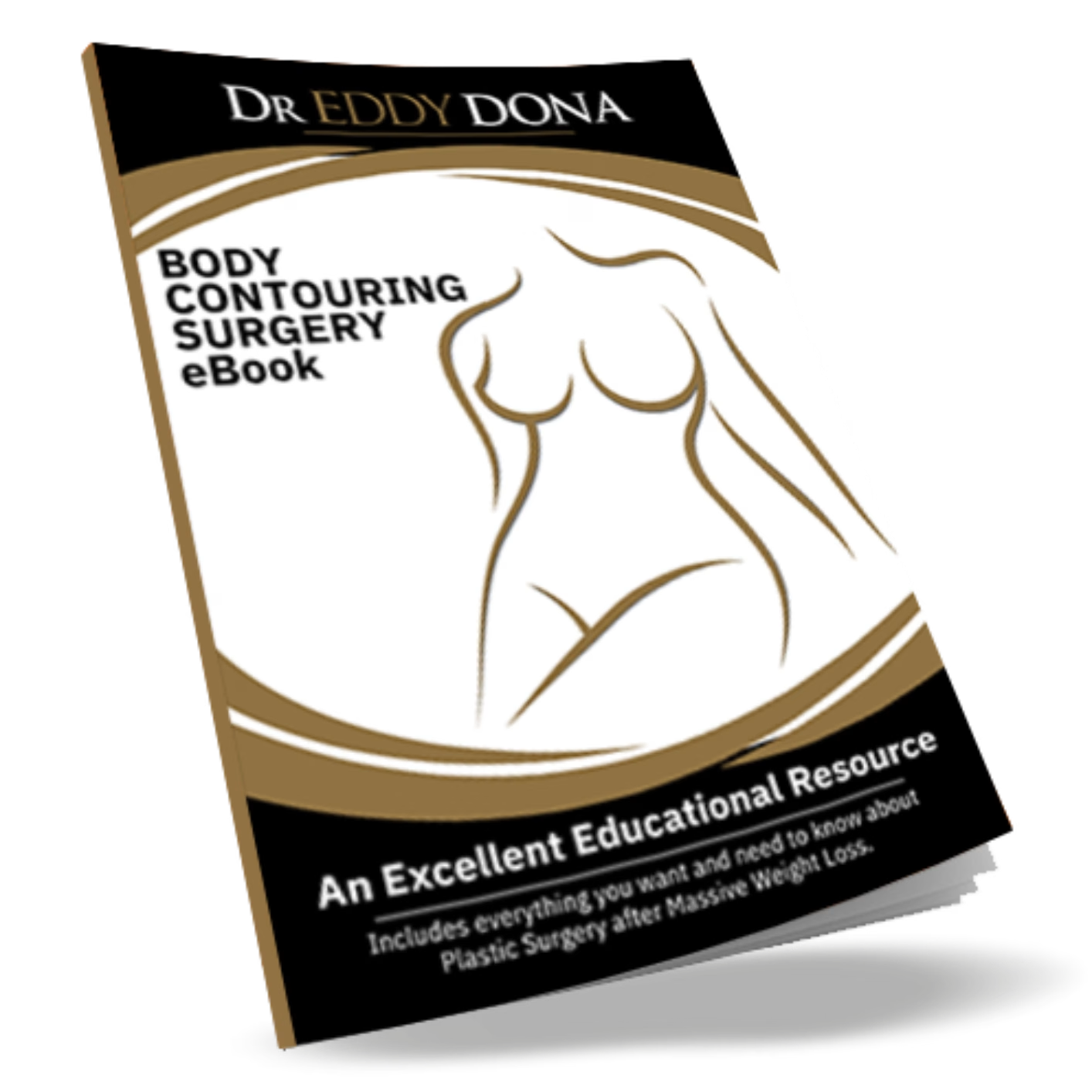Body Contouring Surgery Explained
When discussing Body Contouring Surgery, it is important to understand the difference between Cosmetic and Reconstructive Surgery.
In Australia, all Plastic Surgeons are classified as Plastic and Reconstructive Surgeons. Dr Dona is a member of the Australian Society of Plastic Surgeons, whose motto is, ‘Corpore Mens Melior Refecto’ – this translates to ‘the mind is better when the body has been restored’.
Reconstruction means to restore to a state (or to create a state) that is ‘normal’ for that person’s age, race, and gender.
In the context of the human form, and excluding those rare individuals with body dysmorphic disorder, normal refers to something functional or acceptable for that particular individual. The spectrum of normal is broad, meaning what is normal for one person may be abnormal if applied to another. The prevalence of a specific body issue does not make it normal.
In light of these definitions, it follows that any surgery designed to address problems with the body following significant weight changes is primarily a reconstructive procedure. The fact that the person will look better afterwards is a secondary benefit to the reconstruction. This is a vitally important distinction because some people will try and trivialise a persons need for surgery when suffering from issues following weight loss. Such people will use the excuse that any such surgery would be purely a Cosmetic procedure and therefore it is only vanity that drives the person to want it – this is false!
In contrast to Reconstructive Surgery, purely Cosmetic Surgery is generally accepted as surgery designed to enhance a part of the anatomy that is otherwise normal in appearance and form. The best example of this is Breast Enhancement Surgery. Of course, a very complex topic worthy of a separate debate is how a person sees themselves and what they identify as normal in relation to themselves. This also leads into topics of Body Dysmorphic Disorder and even gender identity discussions which is well beyond the scope of this topic.
The most common cause of changes to the body leading to damaged tissues and skin is the massive weight change typical of many pregnancies. Stretch marks are scars on the skin caused by skin that has stretched too quickly and torn, resulting in the stretch scars. This also results in excess skin, skin folds, overhang and quite often are associated with muscle damage – all these issues are quite common.
People who are carrying a large amount of excess weight may choose to lose that weight, either through diet and exercise or via surgical assistance – such as lap band, gastric sleeve and gastric bypass surgery. No matter the cause, individuals who have lost a massive amount of weight experience the same issue – their bodies become smaller, but their skin does not. Skin does not contract, or ‘shrink wrap’ around a smaller body. Metaphorically, excess skin represents the former self – or an old dress. Individuals who have lost a massive amount of weight become smaller, fitter, and healthier but they are essentially wearing a dress that is too big. The bigger the loss, the baggier the dress.
Body Contouring Surgery is effectively surgery designed to tailor your skin to fit your body.
All Body Contouring Surgical procedures are complex reconstructive procedures and just like any surgery, they should never be trivialised. However, in order to help patients understand the patterns and scars necessary for these surgeries, Dr Dona will often use dressmaking as an analogy. In dressmaking, you remove material and run a seam; in surgery, you remove skin and the ‘seams’ are the scars. The greater the amount of excess skin to be removed, the more scars necessary.
Although the necessary scar patterns from these surgical procedures after massive weight loss can be compared to dressmaking, it is course far more complex. Skin and tissues are not rigid – they swell, stretch, shrink and sag. Additionally, the body beneath the skin also changes, which is especially true during the first few months after surgery. Therefore, as a surgeon, Dr Dona needs to reconstruct and reshape things that are 3D, and not static. He also needs to ensure that he does not make things too tight because that can result in serious problems with wound healing and breaking down. Therefore, after the initial post-surgery swelling starts to decrease and the skin settles into position, it is normal for your skin to not feel as tight as it did initially. Given this, it is not uncommon to require further surgery to fine-tune the results.
Although massive weight loss affects skin in every area of the body, the common areas are the arms, the breasts and chest area, back, buttocks, stomach, and the thighs. However, there is a limit to how much can be achieved in one day so you typically cannot have every procedure done at one time.
Basically, we start with the areas that most concern an individual and then we continue in stages depending on the degree of concern and other considerations such as lifestyle and financial constraints. The minimum time between each surgery is three months.
Any form of Reconstructive Surgery is complex and carries risks. However, to compound these risks, the skin and tissue quality of many of these patients is often poor, which increases the potential for issues such as poor wound healing. This leads to a higher risk of wounds breaking down with skin and tissue loss. Therefore, there is a high risk of further surgery being required in the postoperative stage to address these issues. Higher-risk patients must accept the possibility of experiencing wound healing issues that will warrant further surgeries and downtime.
Overall, the surgery required to address the issues experienced by patients who have undergone massive weight loss is Total-Body Reconstructive Surgery.
LEARN MORE


